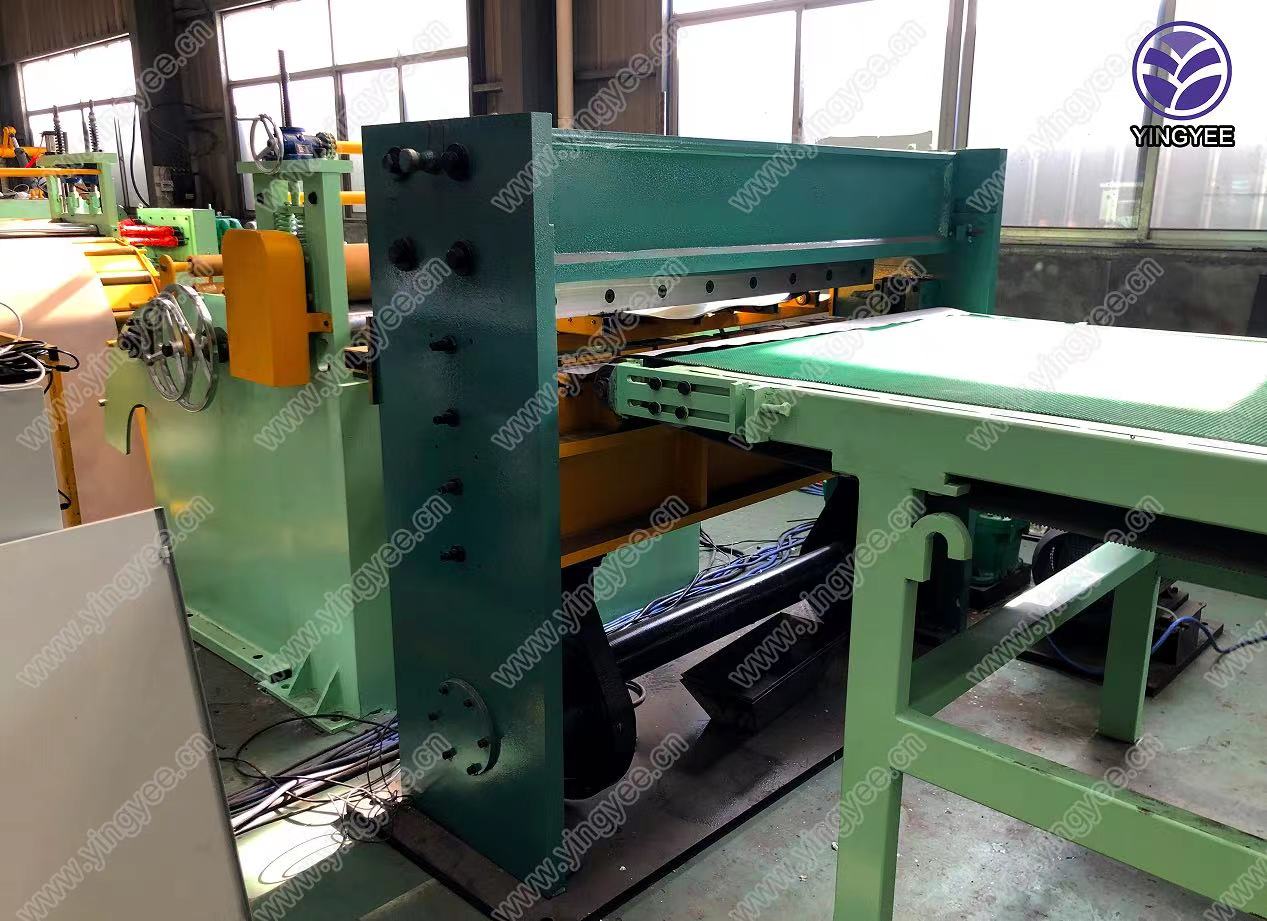
Exploring the Innovations in Truck Fender Cold Bending Machines
In the contemporary world of manufacturing, efficiency and precision are paramount. The automotive sector, particularly truck manufacturing, requires specialized machinery to produce components that endure rigorous conditions. Among these essential machines is the truck fender cold bending machine, a tool that enhances production quality while minimizing waste and energy consumption.
The Importance of Truck Fenders
Truck fenders serve several crucial functions, including protecting the vehicle's body from debris, accommodating tire movement, and enhancing aerodynamics. Given their importance, the manufacturing process of truck fenders must ensure durability and structural integrity. Traditionally, fenders could be produced using various methods, but the introduction of cold bending technology has revolutionized this aspect of truck manufacturing.
What is Cold Bending?
Cold bending is a process where metal is shaped at or near room temperature. This practice differs from hot bending, where materials are heated to high temperatures to achieve their desired shapes. Cold bending offers significant advantages, including retaining the material's strength and structural properties, precise control over the bending process, and reduced energy consumption. For truck fenders, which require precision and resilience, cold bending is particularly beneficial.
How Truck Fender Cold Bending Machines Work
Truck fender cold bending machines utilize various techniques, including hydraulic, mechanical, and CNC (Computer Numerical Control) bending processes. Operators input specific parameters related to the desired fender shape and size, and the machine precisely executes the bending process. The advanced CNC systems allow for exact replicability, ensuring each fender meets strict quality standards.

These machines typically feature adjustable rollers and bending arms that guide the metal sheets into specific angles without compromising their integrity. The precision of the machinery minimizes material wastage, making the process both cost-effective and sustainable. Furthermore, modern machines often come equipped with safety features to protect operators, reflecting the industry's increasing focus on workplace safety.
Advancements in Technology
The latest truck fender cold bending machines incorporate smart technology, allowing manufacturers to integrate data analytics into their production processes. By monitoring performance and identifying trends, manufacturers can optimize their operations, thus reducing downtime and improving productivity. The integration of IoT (Internet of Things) devices also opens new avenues for remote monitoring and maintenance, allowing for swift responses to potential issues.
Moreover, advancements in materials science have led to the development of stronger and lighter alloys that can be utilized in conjunction with cold bending techniques. This not only enhances the performance of the truck fenders but also contributes to overall vehicle efficiency by reducing weight.
Environmental Considerations
In today's environmentally conscious landscape, the manufacturing sector faces increasing pressure to reduce its carbon footprint. Cold bending machines are inherently more energy-efficient compared to traditional methods, thus lessening their environmental impact. Additionally, the reduced material wastage further contributes to a more sustainable manufacturing process, aligning with global sustainability goals.
Conclusion
The truck fender cold bending machine exemplifies the role of technology in modern manufacturing. By combining precision, efficiency, and sustainability, these machines have transformed how truck fenders are produced. As innovations continue to emerge, the industry can expect even more enhancements that will drive productivity, safety, and environmental responsibility. Ultimately, the evolution of such machines reflects the ongoing commitment within the automotive sector to improve both production methods and product quality, paving the way for a more efficient and sustainable future.